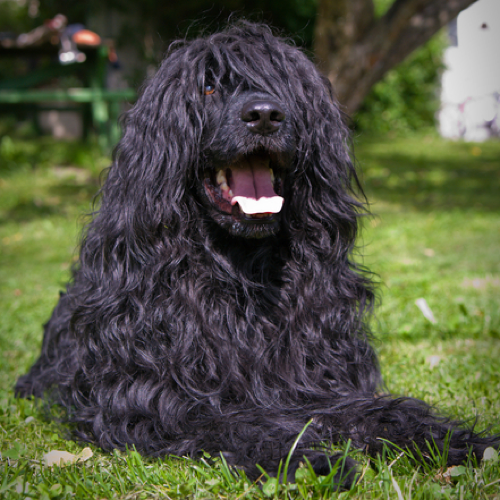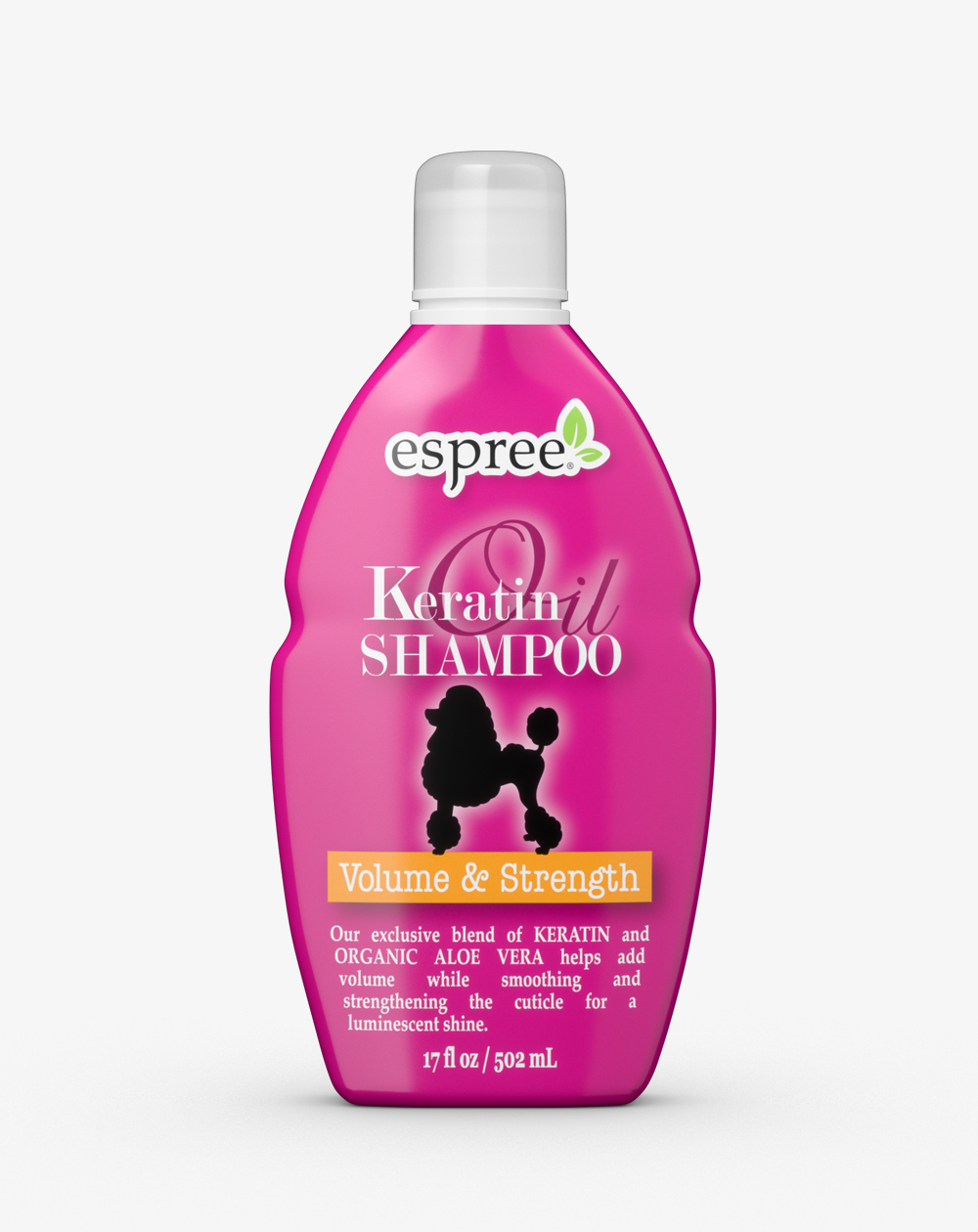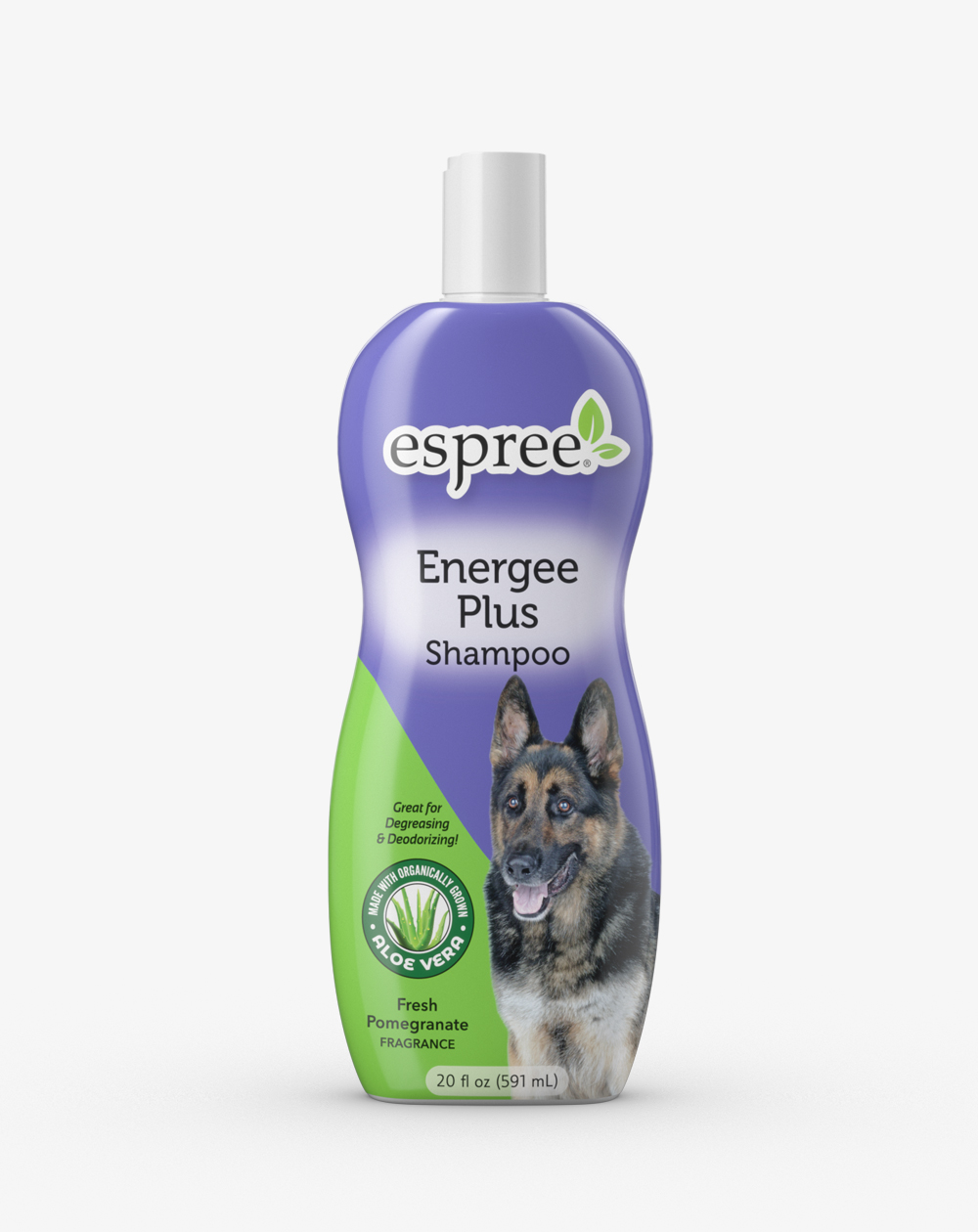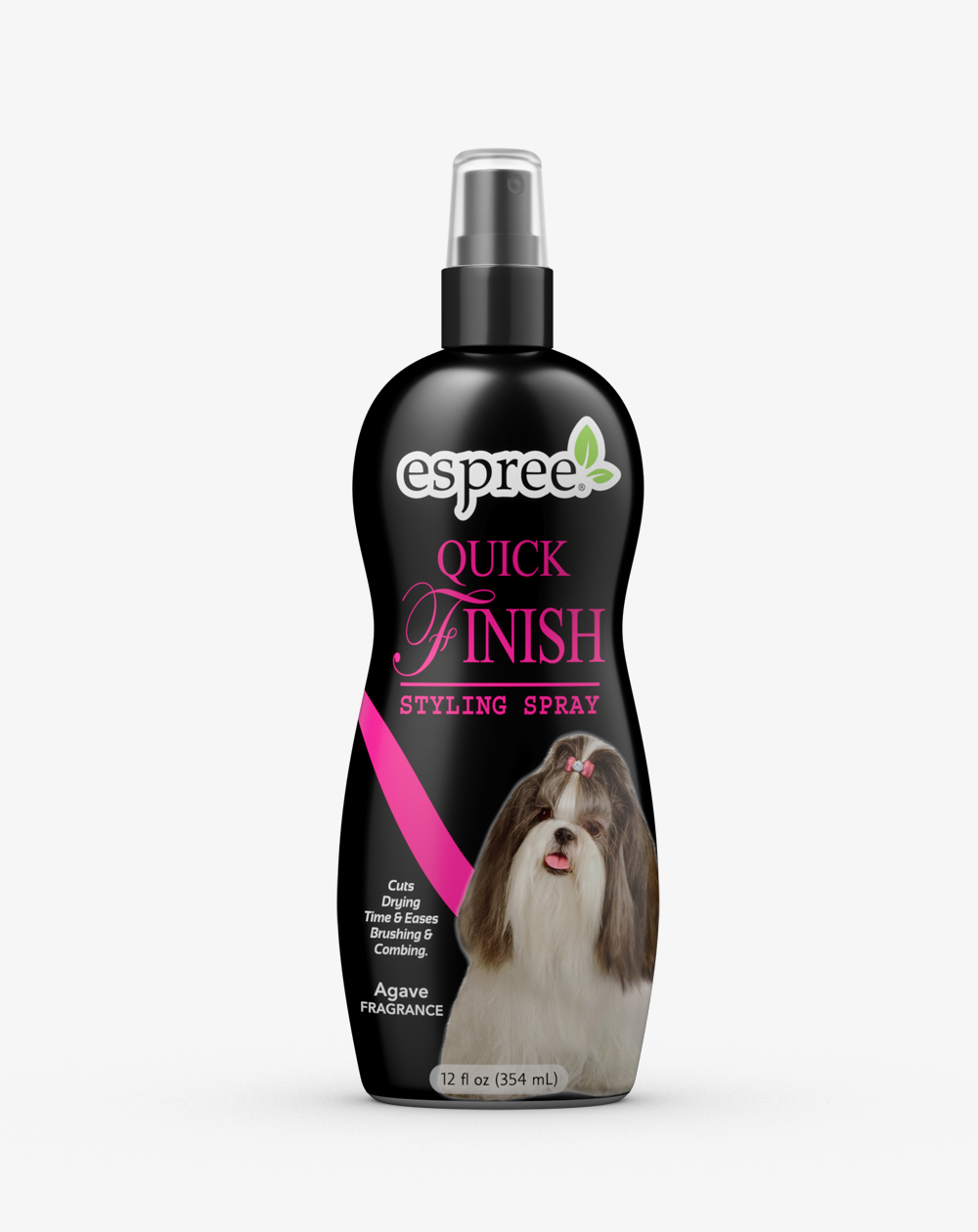
Portuguese Water Dogs
Known for centuries along Portugal’s coast and prized for its strength, spirit and soundness, the Portuguese Water Dog is a loyal worker and companion. Medium-sized and robust, the breed possesses a waterproof coat and the ability to swim all day. Its coat can be curly or wavy and is black, white, or brown, or combinations of black or brown with white.
Breed Profile
An athletic, active breed, the Portuguese Water Dog requires daily vigorous exercise. He is very intelligent and responds well to obedience training. His profuse coat is hypoallergenic but requires regular maintenance. It may be kept in the lion clip (the coat on the hindquarters and muzzle are clipped to the skin) or the retriever clip (the entire coat is clipped to one inch in length and follows the outline of the dog).
Grooming
The Portuguese Water Dog has a profuse single coat that can be either wavy or curly. They require regular bathing and brushing. This robust dog can be bathed as frequently as every week up to no longer than every 6 weeks. This coated breed, proper bathing, and drying techniques lay the groundwork for achieving a beautiful coat. Selecting the correct products to meet the dog’s needs is essential to achieve optimal results.
The care and maintenance of the coat sets the foundation for obtaining healthy skin and coat. When the coat is dirty, the hair shaft becomes rough and eventually breaks down, which can lead to the coat becoming damaged. This coat needs to be bathed and brushed regularly in order to prevent the dog from becoming matted. Be certain to brush and comb all the way to the skin as this is where cobweb type mats begin to form. This type of matting if left unattended can lead to the development of numerous skin issues because the skin is unable to breathe, and moisture can be trapped underneath the mats.
Wet the coat and apply the shampoo by squeezing it through the coat making certain you have worked it all the way through the coat down to the skin. Thorough shampooing will contribute to building a healthy, strong, and manageable coat. It is a good idea to slightly cool the water temperature down when rinsing the coat. The coat should be rinsed thoroughly making certain that all the product has been removed. Use a light conditioner to nourish and hydrate each individual strand of hair without changing the texture of the coat. A heavy conditioner is not necessary unless the coat is severely damaged and dry. Once the bath is complete, blot the coat with a towel to remove excessive moisture.
Blow the coat out with a high-velocity dryer to remove excess moisture. Be sure to hold the nozzle far enough away to prevent the coat from tangling. Finish with a stand dryer and line dry all the way to the skin. Once the dog is completely dry, line brush, working in sections until the dog is tangle free. It is a good idea to go over the entire coat with a comb, to see if there are inconsistencies in the density of the coat. If so, continue to brush and comb those areas.
Finishing the Dog: Tools and Finish Grooming
The coat is full of body and fluffed out, so a wide tooth comb can easily glide through the coat. Either scissor the entire comb or use an attachment comb to set the basic pattern. Pet trims can be modified into a shorter trim keeping in mind the same basic pattern. The goal is a well-balanced trim that shows no scissor marks and is completely mat and tangle free.
General Health Care
Prep work is the foundation of all grooming. Prep work includes ear cleaning, nail trimming, anal glands, and proper dental hygiene. Mastering these skills sets the professional pet stylist apart from the rest. Prep work should be done before every bathing and grooming appointment. All dogs need to have their ears checked and cleaned on a regular basis. Proper nail care is also very important. Long, unsightly nails are uncomfortable for the dog, as well as anyone they might jump on. Long nails also compromise the shape of the foot. Trimming the pads of the foot helps give the dog good traction on different surfaces. It can also help minimize the amount of dirt the dog tracks into the house. In addition, it affords the opportunity to treat and condition the paws from cracks and abrasions. Anal glands should also be checked and expressed if they are full. Some caring pet owners prefer to have the anal glands done by their veterinarian. Good dental hygiene is essential for a healthy pet as well.
Nutritional Care
In order to maintain healthy skin and coat as well as overall health, it is important to provide good nutrition to your dog through a well-balanced diet, vitamins, and healthy treats.
Do they require a lot of grooming?
This type of coat requires consistent grooming. If you can spend 30 min each week doing regular brush outs to keep the hair separated and divided to prevent matting and allowing the skin to breathe, you should be able to maintain this coat. In addition to regular, routine baths are necessary.
What are the common problems in the breed?
Like most purebred dogs, Porties have some health issues to be aware of. Hip dysplasia, eye disease, heart disease, and immune system disorders can be more common.
Do they shed or cause allergies?
This breed sheds less than other breeds. Frequent baths and brush outs will help keep the dander down, which is what most people are allergic too. It is a good idea to spend some time with the breed if you have allergies to make sure that you will not react.
Are they good with children?
This is a medium size breed that has a love for life and requires an exercise routine. As a young dog, it is important to watch small children around a Portie because they can be quite rambunctious. This breed can be great around older children who can keep up with their higher energy demands.
What if I have a show dog?
Whether you have a show dog or a companion dog, the same basic care is given regarding nutrition, socialization, and hygiene. The difference is the maintenance, conditioning, coat preparation for the show ring. It is always helpful if your breeder is willing to mentor you to lead you in the right direction upon entering the wonderful world of showing dogs. A great place to start is with the national breed club like the Portuguese Water Dog Club of America, www.pwdca.org.




